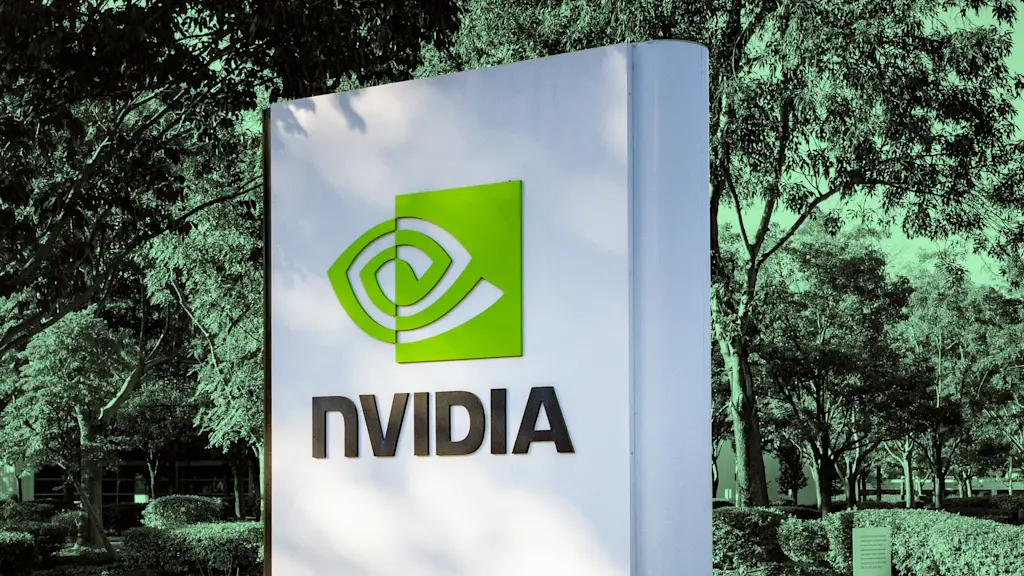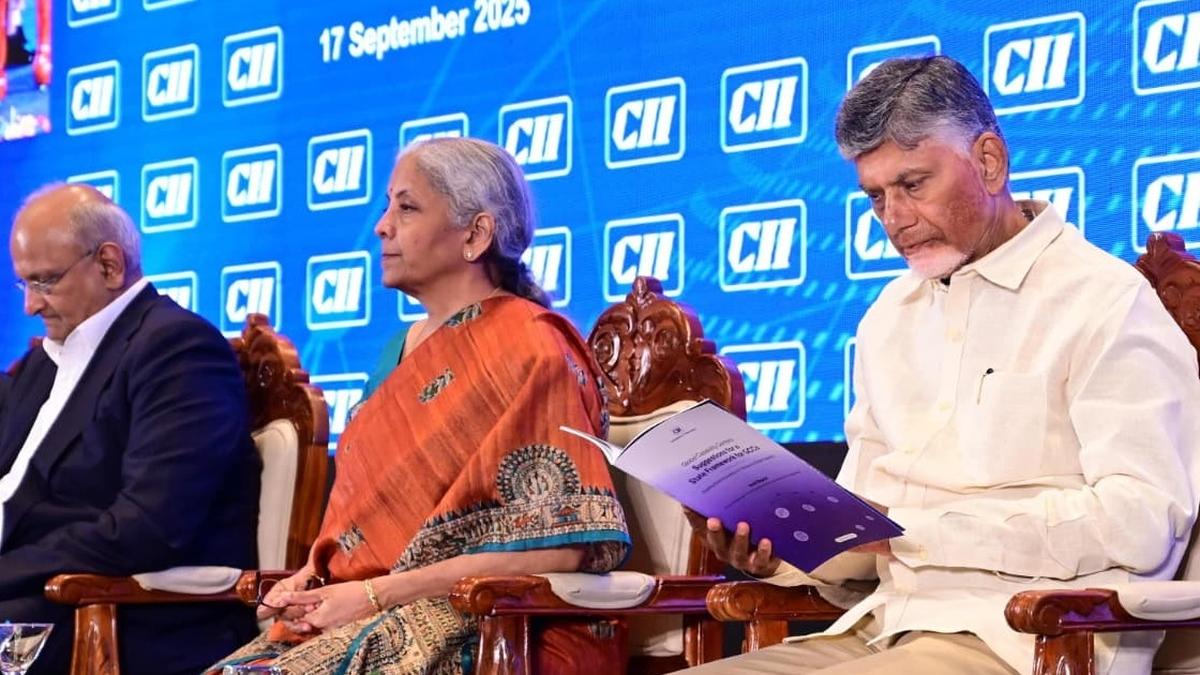
If you were to look only at Wall Street’s reaction to Nvidia’s $5 billion investment in Intel on Thursday, it would be easy to assume Intel had gained the most from the deal. The company’s stock surged 23 percent, while Nvidia shares closed up just 3.5 percent. But some analysts say that if you take a longer-term view of the partnership you might reach a different conclusion.
Intel got some much-needed cash, but Nvidia, with its investment, may have managed to marry its GPUs with the most widely used CPU in the world—something that could secure its computing dominance moving forward and diversify its sources of income. (GPUs, or graphics processing units, are key for AI, and CPUs are what power regular consumer devices, like laptops and phones.)
“What this move really signals is NVIDIA locking down the rules of the new digital economy,” said analyst Futurum Group in a note to investors.
Nvidia became a 4 percent owner of Intel with the stock purchase. The deal will make Intel a player in the AI game, while letting Nvidia financially double dip as both a shareholder and a manufacturing partner. Beyond the clout it gains in the AI world, Intel could benefit from utilizing Jensen Huang as a management mentor, after decades of poor leadership by its own leaders.
Featured Video
An Inc.com Featured Presentation
While AI chips are the main focus of the agreement, Intel will also build and offer chips that integrate Nvidia’s RTX GPU. That opens up new income avenues for Nvidia, should AI companies pull back on chip purchases or explore offerings from other companies.
Brian Mulberry, senior portfolio manager at Zacks Investment Management, wrote in a note that the deal “diversifies Nvidia’s product mix away from just data center driven revenues over the next five years. [There is] huge demand there, but also from a very small and select group of customers able to finance that demand.”
The partnership with Nvidia could result in Intel becoming even more dominant in the PC market. AMD shares lost ground on news of the Intel deal, closing down roughly 1 percent Thursday. TSMC and Qualcomm could also see impacts over the coming years.
Nvidia paid slightly more for its shares than the U.S. government did with its $8.9 billion investment last month. (Nvidia paid $23.28 per share versus the $20.47 the government paid.) With Thursday’s stock surge, though, the company has already (on paper) recouped more than $1.5 billion of the money it spent. The purchase also makes Nvidia the second largest shareholder of Intel, behind the U.S. government.
A card up its sleeve
Under the agreement, Nvidia will help to design custom processors for data centers, which it will sell alongside its AI GPUs. It will also ensure its chips and the Intel chips communicate at higher speeds, which will possibly give it a competitive advantage over rivals, including China’s TSMC.
While the companies will work together to co-develop those chips, the deal made no mention of Intel’s manufacturing business. That division has struggled with losses during the AI chip revolution and has become an albatross for Intel.
Intel’s manufacturing division isn’t likely to go away. It’s the only large-scale chipmaking facility in the U.S. and does work for the Department of Defense. Nvidia could choose to use it if necessary (or if pressured further to manufacture more of its chips in the U.S.), but if so, it could leverage any manufacturing deal to claim a bigger percentage of Intel’s stock.
“This historic collaboration … will expand our ecosystems and lay the foundation for the next era of computing,” said Huang in a statement announcing the deal.
It might do that, but in the process, it could also elevate Nvidia to even higher heights in the tech world.



